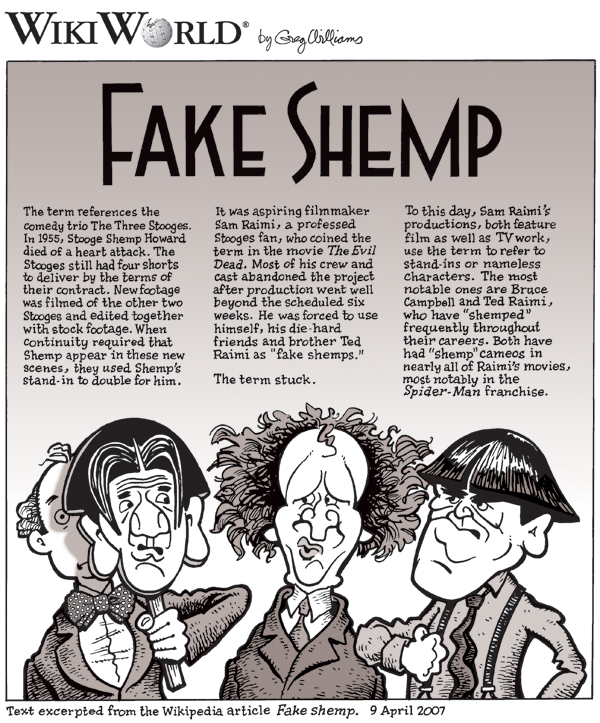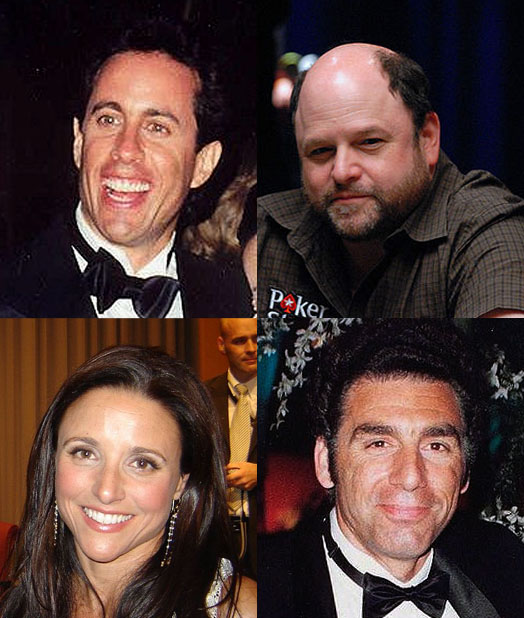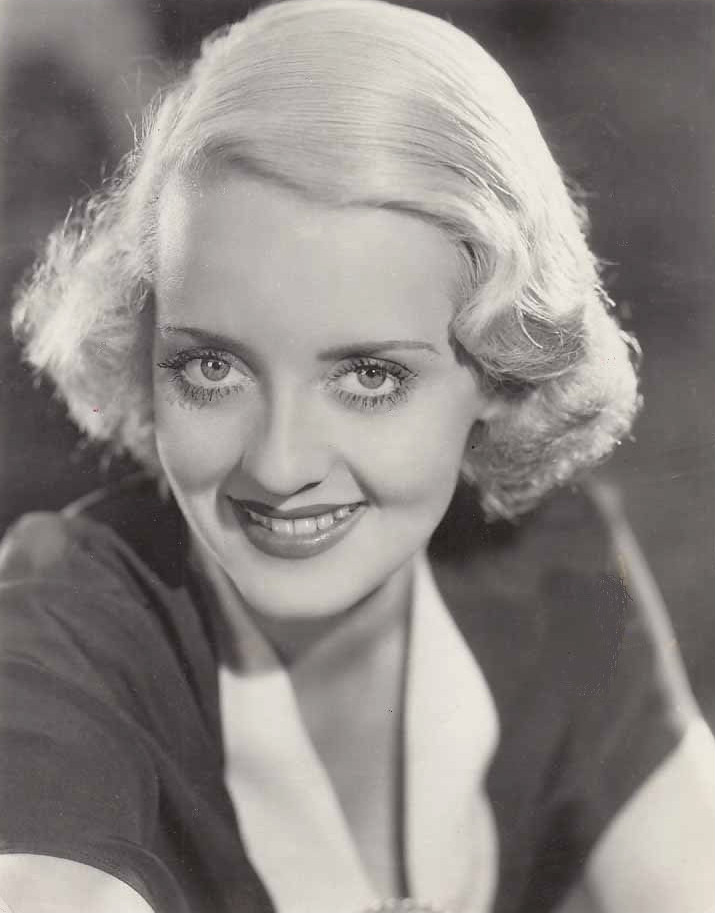|
Stand In
A stand-in for film and television is a person who substitutes for the actor before filming, for technical purposes such as lighting and camera setup. Stand-ins are helpful in the initial processes of film and television production. Stand-ins allow the director of photography to light the set and the camera department to light and focus scenes while the actors are absent. The director will often ask stand-ins to deliver the scene dialogue ("lines") and walk through ("blocking") the scenes to be filmed. Stand-ins are distinguished from doubles, who replace actors ''on camera'' from behind, in makeup, or during dangerous stunts. Stand-ins do not appear on camera. However, on some productions the jobs of stand-in and double may be done by the same person. In rare cases, a stand-in will appear on screen, sometimes as an in-joke. For instance, the actress who pretends to be Ann Darrow in the stage show during the final act of ''King Kong'' (2005) is played by Naomi Watts' stand-in, Ju ... [...More Info...] [...Related Items...] OR: [Wikipedia] [Google] [Baidu] |
Film
A film also called a movie, motion picture, moving picture, picture, photoplay or (slang) flick is a work of visual art that simulates experiences and otherwise communicates ideas, stories, perceptions, feelings, beauty, or atmosphere through the use of moving images. These images are generally accompanied by sound and, more rarely, other sensory stimulations. The word "cinema", short for cinematography, is often used to refer to filmmaking and the film industry, and to the art form that is the result of it. Recording and transmission of film The moving images of a film are created by photography, photographing actual scenes with a movie camera, motion-picture camera, by photographing drawings or miniature models using traditional animation techniques, by means of computer-generated imagery, CGI and computer animation, or by a combination of some or all of these techniques, and other visual effects. Before the introduction of digital production, series of still imag ... [...More Info...] [...Related Items...] OR: [Wikipedia] [Google] [Baidu] |
Fake Shemp
A fake Shemp is a type of body double who appears in a film as a replacement for another actor or person, usually when the original actor has died, or is unable or unwilling to reprise their role. Their appearance is disguised using methods such as heavy make-up (or a computer-generated equivalent), filming from the back, dubbing in audio and splicing in past footage from the original actor's previous work, using a sound-alike voice actor, or using partial shots of the actor. Coined by film director Sam Raimi, the term is named after Shemp Howard of the Three Stooges, whose sudden death in 1955 necessitated the use of these techniques to finish the films to which he was already committed. Once somewhat commonplace throughout the 20th century, the use of fake Shemps to emulate the likeness of another person without their permission is forbidden under Screen Actors Guild contracts, largely because of a lawsuit filed by Crispin Glover — following his replacement by Jeffrey Weissma ... [...More Info...] [...Related Items...] OR: [Wikipedia] [Google] [Baidu] |
Seinfeld
''Seinfeld'' ( ) is an American television sitcom created by Larry David and Jerry Seinfeld. It aired on NBC from July 5, 1989, to May 14, 1998, over nine seasons and List of Seinfeld episodes, 180 episodes. It stars Seinfeld as Jerry Seinfeld (character), a fictionalized version of himself and focuses on his personal life with three of his friends: best friend George Costanza (Jason Alexander), former girlfriend Elaine Benes (Julia Louis-Dreyfus) and his neighbor from across the hall, Cosmo Kramer (Michael Richards). It is set mostly in an apartment building in Manhattan's Upper West Side in New York City. It has been described as "a show about nothing", often focusing on the slice of life, minutiae of daily life. Interspersed in earlier episodes are moments of stand-up comedy from the fictional Jerry Seinfeld, frequently using the episode's events for material. As a rising comedian in the late 1980s, Jerry Seinfeld was presented with an opportunity to create a show with NBC. He ... [...More Info...] [...Related Items...] OR: [Wikipedia] [Google] [Baidu] |
The Stand In (Seinfeld)
"The Stand In" is the 80th episode of the NBC sitcom ''Seinfeld''. This was the 16th episode of the fifth season. It aired on February 24, 1994. In this episode, Jerry struggles to get a hospitalized friend to laugh, George persists in dating a woman he doesn't like to avoid being perceived as unable to commit, and Kramer encourages his friend Mickey Abbott to wear lifts in order to keep his job as a stand-in. Plot Riding on a bus, Jerry and George meet a friend, Al Netche, who tells them another friend, Fulton, is in the hospital, and has asked Jerry to visit him as he "needs a good laugh." Jerry visits Fulton and tells a story about a guy named "Pachyderm" juggling hot pizza slices, but Fulton never laughs. George has nothing to talk about with his girlfriend, Daphne, and wants to break up. Daphne tells George that Al advised her to end the relationship as George doesn't commit and will end up hurting her. George postpones the breakup in order to prove Al wrong. Kramer gets ... [...More Info...] [...Related Items...] OR: [Wikipedia] [Google] [Baidu] |
Stand-In
A stand-in for film and television is a person who substitutes for the actor before filming, for technical purposes such as lighting and camera setup. Stand-ins are helpful in the initial processes of film and television production. Stand-ins allow the director of photography to light the set and the camera department to light and focus scenes while the actors are absent. The director will often ask stand-ins to deliver the scene dialogue ("lines") and walk through ("blocking") the scenes to be filmed. Stand-ins are distinguished from doubles, who replace actors ''on camera'' from behind, in makeup, or during dangerous stunts. Stand-ins do not appear on camera. However, on some productions the jobs of stand-in and double may be done by the same person. In rare cases, a stand-in will appear on screen, sometimes as an in-joke. For instance, the actress who pretends to be Ann Darrow in the stage show during the final act of ''King Kong'' (2005) is played by Naomi Watts' stand-in, J ... [...More Info...] [...Related Items...] OR: [Wikipedia] [Google] [Baidu] |
Simulacrum
A simulacrum (plural: simulacra or simulacrums, from Latin '' simulacrum'', which means "likeness, semblance") is a representation or imitation of a person or thing. The word was first recorded in the English language in the late 16th century, used to describe a representation, such as a statue or a painting, especially of a god. By the late 19th century, it had gathered a secondary association of inferiority: an image without the substance or qualities of the original. Literary critic Fredric Jameson offers photorealism as an example of artistic simulacrum, in which a painting is created by copying a photograph that is itself a copy of the real thing.Massumi, Brian"Realer than Real: The Simulacrum According to Deleuze and Guattari." retrieved 2 May 2007 Other art forms that play with simulacra include trompe-l'œil, pop art, Italian neorealism, and French New Wave. Philosophy Simulacra have long been of interest to philosophers. In his ''Sophist'', Plato speaks of two kinds ... [...More Info...] [...Related Items...] OR: [Wikipedia] [Google] [Baidu] |
Political Decoy
A political decoy is a person employed to impersonate a politician, to draw attention away from the real person or to take risks on that person's behalf. This can also apply to military figures, or civilians impersonated for political or espionage purposes. The political decoy is an individual who has been selected because of strong physical resemblance to the person being impersonated. This resemblance can be strengthened by plastic surgery. Often, such decoys are trained to speak and behave like the "target". Political decoys in history Since deception is the whole purpose of employing a political decoy, many instances of alleged decoying remain uncertain. Joe R. Reeder, an undersecretary for the U.S. Army from 1993 to 1997, has gone on record with claims that a number of figures around the world have or have had decoys, including Manuel Noriega, Raoul Cédras, Enver Hoxha, Fidel Castro, George W. Bush and Osama bin Laden. Of Noriega's alleged four decoys, Reeder said, "They ... [...More Info...] [...Related Items...] OR: [Wikipedia] [Google] [Baidu] |
Look-alike
A look-alike, double, or doppelgänger is a person who bears a strong physical resemblance to another person, excluding cases like twins and other instances of family resemblance. Some look-alikes have been notable individuals in their own right, such as Britain's King George V and Russia's Tsar Nicholas II, who bore a striking resemblance to each other (they were first cousins). Other notable look-alikes have been notable solely for resembling well-known individuals, such as Clifton James, who acted as a double for British Field Marshal Bernard Montgomery during World War II. Some look-alikes who have resembled celebrities have worked as entertainers, impersonating them on stage and screen, or at venues like parties and corporate functions. Professional look-alikes have often been represented by talent agencies specializing in celebrity impersonators. Close physical resemblance between two or more individuals is also a common plot point in works of fiction. Notable look-a ... [...More Info...] [...Related Items...] OR: [Wikipedia] [Google] [Baidu] |
Impersonation
An impersonator is someone who imitates or copies the behavior or actions of another. There are many reasons for impersonating someone: *Entertainment: An entertainer impersonates a celebrity, generally for entertainment, and makes fun of their personal lives, recent scandals and known behavior patterns. Especially popular objects of impersonation are Elvis Presley (''see Elvis impersonator''), Michael Jackson (''see Michael Jackson impersonator'') and Madonna (see ''Madonna impersonator''). Entertainers who impersonate multiple celebrities as part of their act, can be sorted into impressionists and celebrity impersonators. Male drag queens have traditionally been called "female impersonators", although this terminology is now considered outdated. Minstrel shows were a popular form of theater in the United States in which white people impersonated black people by wearing blackface makeup and imitating Southern black speech and music. *Crime: As part of a criminal act such as ... [...More Info...] [...Related Items...] OR: [Wikipedia] [Google] [Baidu] |
Doppelgänger
A doppelgänger (), a compound noun formed by combining the two nouns (double) and (walker or goer) (), doppelgaenger or doppelganger is a biologically unrelated look-alike, or a double, of a living person. In fiction and mythology, a doppelgänger is often portrayed as a ghostly or paranormal phenomenon and usually seen as a harbinger of bad luck. Other traditions and stories equate a doppelgänger with an evil twin. In modern times, the term twin stranger is occasionally used. Spelling The word ''doppelganger'' is a loanword from the German. The singular and plural forms are the same in German, but English writers usually prefer the plural "doppelgangers". The first known use, in the slightly different form ''Doppeltgänger'', occurs in the novel ''Siebenkäs'' (1796) by Jean Paul, in which he explains his newly coined word in a footnote; the word also appears in the novel, but with a different meaning. In German, the word is written (as is usual with German nouns) with ... [...More Info...] [...Related Items...] OR: [Wikipedia] [Google] [Baidu] |
Understudy
In theater, an understudy, referred to in opera as cover or covering, is a performer who learns the lines and blocking or choreography of a regular actor, actress, or other performer in a play. Should the regular actor or actress be unable to appear on stage because of illness, injury, emergencies or death, the understudy takes over the part. Usually when the understudy takes over, the theater manager announces the cast change prior to the start of the performance. Coined in 1874, the term ''understudy'' has more recently generally been applied only to performers who can back up a role, but still regularly perform in another role. Similar tasks Performers who are only committed to covering a part and do not regularly appear in the show are often referred to as standbys and alternates. Standbys are normally required to sign in and remain at the theater the same as other cast members, although sometimes they may call in, until they are released by the production stage manager. If ... [...More Info...] [...Related Items...] OR: [Wikipedia] [Google] [Baidu] |
Bette Davis
Ruth Elizabeth "Bette" Davis (; April 5, 1908 – October 6, 1989) was an American actress with a career spanning more than 50 years and 100 acting credits. She was noted for playing unsympathetic, sardonic characters, and was famous for her performances in a range of film genres, from contemporary crime melodramas to historical films, suspense horror, and occasional comedies, although her greater successes were in romantic dramas. A recipient of two Academy Awards, she was the first thespian to accrue ten nominations. Bette Davis appeared on Broadway in New York, then the 22-year-old Davis moved to Hollywood in 1930. After some unsuccessful films, she had her critical breakthrough playing a vulgar waitress in ''Of Human Bondage'' (1934) although, contentiously, she was not among the three nominees for the Academy Award for Best Actress that year. The next year, her performance as a down-and-out actress in ''Dangerous'' (1935) did land Davis her first Best Actress nomination, ... [...More Info...] [...Related Items...] OR: [Wikipedia] [Google] [Baidu] |




.jpg)
